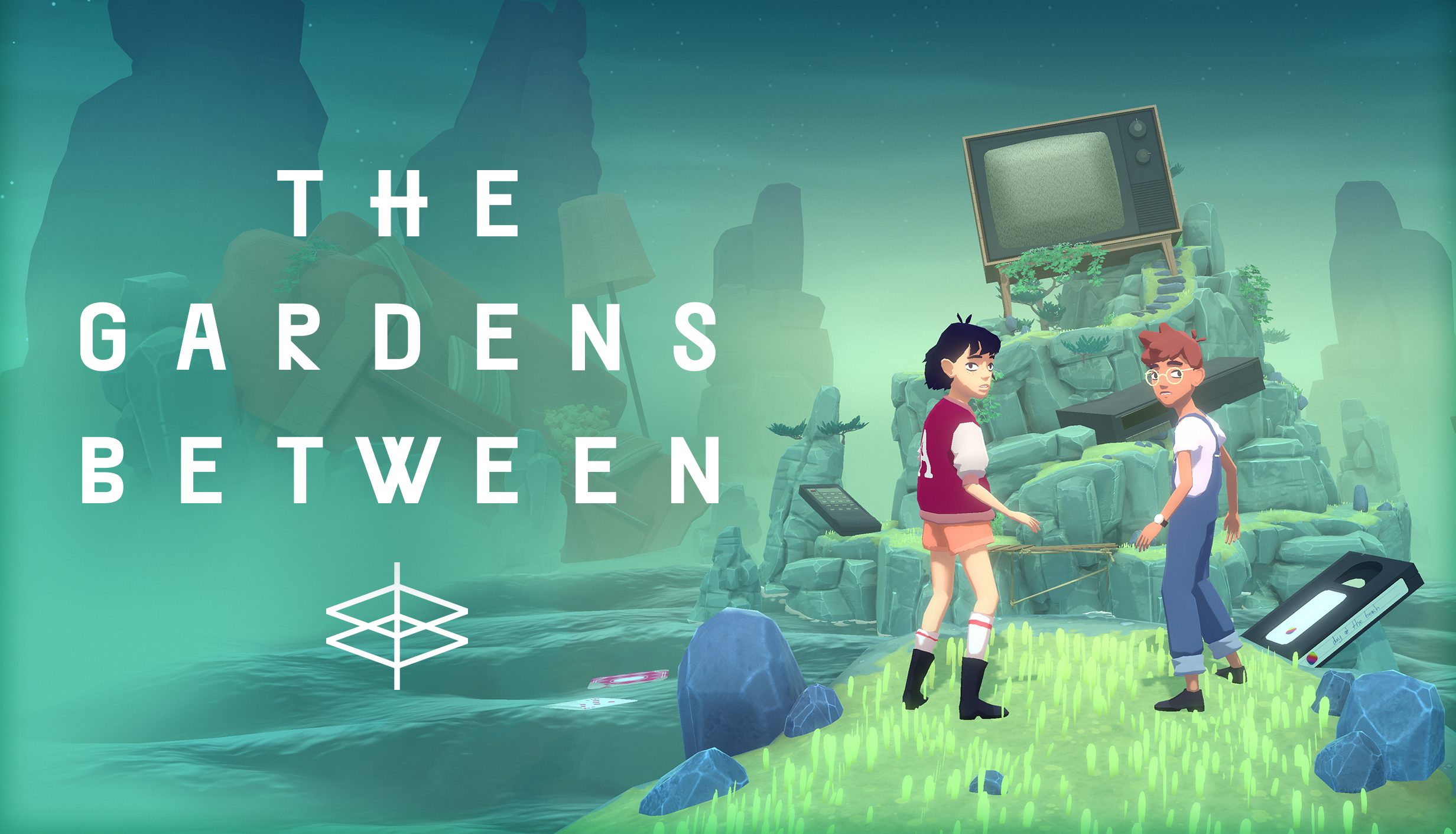
Year in Review 2018 Letter Series: The Gardens Between-Simple and Clean
When I think of The Voxel Agents’ The Gardens Between, the first word that comes to mind is simplicity. I don’t mean this in a pejorative way in any sense. In fact, it’s a compliment. The Gardens Between manages to provide a beautiful and relatable story about youth and growing up without becoming heavy-handed or excessive in its mechanics, art, or sentimentality.

Visually, The Gardens Between is lovely; it’s not attempting to be something more traditionally “artsy” like GRIS, and also isn’t going for powerhouse realism. Instead, its pastel, slightly cartoon-y aesthetic, and lack of distinct outlines work to convey themes of childhood and how we make memories that the game is working with. These muted colors and soft edges cement the feeling of being in a surreal dream world. Of course, I’m sure rendering the art of this game was anything but simple, but this gentle, clean presentation does much of the heavy lifting to convey the game’s themes and narrative, as there is no actual dialogue to propel the story.
This simplicity and clean execution continues into the actual mechanics of the game. There are only four actions you can take while playing: walking forward (which advances time), walking backwards (which reverses time), jumping, and using each of the children’s special abilities. Arina carries a lantern used to transport the light orb needed to solve each puzzle, and she can pick it up or put it down when certain prompts appear. Frendt is able to use windchimes distributed throughout levels, activating or deactivating different parts of the landscape that are necessary to make progress.

The puzzles can be tricky at times, but it’s because more often than not, they rely on observation. All of the mechanics and tricks to solving puzzles are given to you pretty immediately and generously, so working through solutions tends to rely more on how much attention you’re giving the landscape of each island and how it interacts with the unique items littered on and around it. Even when I got stuck in certain areas and checked a walkthrough to get by, the solutions made sense to me, and I understood why I had missed them. Taking time to observe the beautiful worlds you’re given is worth it for more than just the visual beauty they provide. It’s key to ensuring you can actually use the basic tools you’ve been given effectively.

What I think The Gardens Between uses most effectively, however, is silence in its storytelling. As I said, there are no voice lines or narrative text at all in this game, aside from maybe a few labels on inanimate objects that have been sprawled on the islands. Instead, most of the storytelling comes from the environment, and unlike Bioshock’s flavor text on the walls, this storytelling matters. The items you see on each island are tied directly into memories that Arina and Frendt have of their childhoods, which you discover after solving an island’s puzzles. You only get to see a little vignette of their time together for each island, but as you continue, these vignettes begin to create a patchwork of childhood and friendship.
I was impacted by this story because it was delivered with such a light touch. I didn’t cry or break down, but my heartstrings were pulled by what was being conveyed, and it felt special because I wasn’t being bashed over the head by the game while it screamed “isn’t this sad??? Aren’t you in your feelings right now???” Once again, it put the understanding into my hands by expecting me to have been observant of what each island’s scenery contained, and what each vignette was depicting. I won’t spoil how this game ends, because I think it’s worth playing and seeing for yourself, but I imagine the events therein are an experience that many children go through. I know I certainly did.
The Gardens Between brings those memories to the forefront by laying out a template and inviting you to fit yourself into it, however you might be able to, while staying true to the basic story it’s trying to tell. It guides without pushing, and trusts you to see what it’s laying out for you without pointing highlighting it in neon. Through its near flawless simplicity, The Gardens Between drives home that growing up is anything but.





